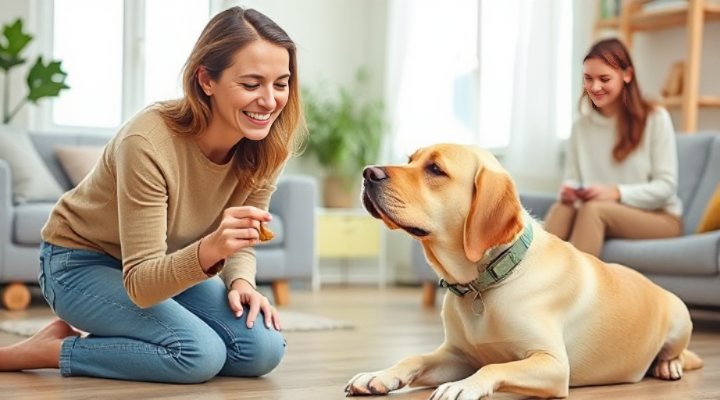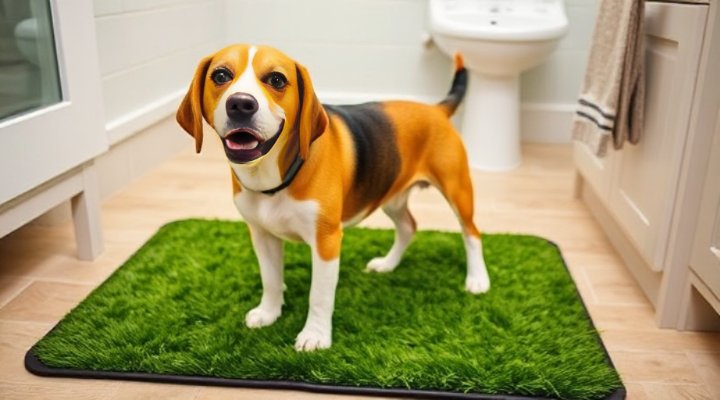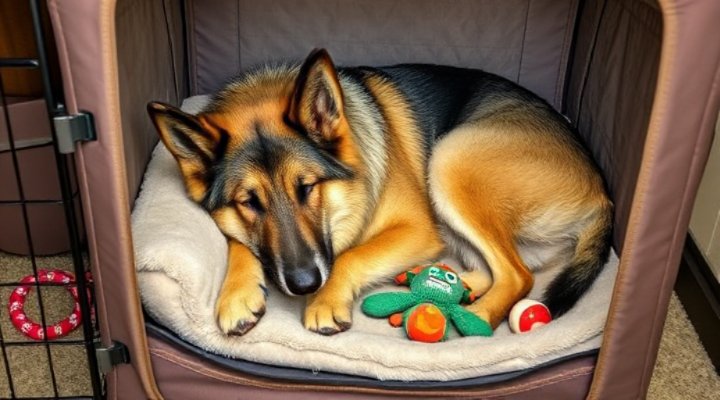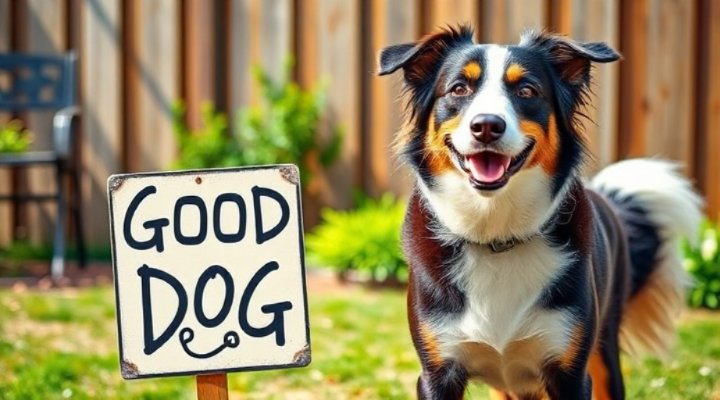House training an older dog can be a rewarding experience with the right approach. This guide covers the best methods to house train an older dog, addressing common challenges and ensuring a clean home. Whether you’ve adopted an older dog or are helping your senior pet adjust, these tips will make the process smoother and more effective.

Understanding the Challenges of House Training an Older Dog
First and foremost, it’s important to recognize that house training an older dog comes with unique challenges. Unlike puppies, older dogs may have established habits or health issues that affect their ability to learn new routines. For instance, arthritis or incontinence can make frequent trips outside difficult. Therefore, patience and understanding are key.
Moreover, older dogs might have had previous owners with different training methods, or no training at all. This means you might need to undo some bad habits before establishing new ones. In other words, consistency is your best friend when house training an older dog.

Creating a Routine for Your Older Dog
One of the most effective ways to house train an older dog is by establishing a consistent routine. Dogs thrive on predictability, so feeding, walking, and potty breaks should happen at the same times each day. For example, take your dog out first thing in the morning, after meals, and before bedtime.
Additionally, keep an eye on your dog’s behavior. Signs like sniffing, circling, or whining often indicate they need to go. When you notice these signals, immediately take them to their designated potty area. Above all, praise and reward them when they do their business outside to reinforce the behavior.
Using Positive Reinforcement
Positive reinforcement is crucial when house training an older dog. Rewards like treats, praise, or playtime help your dog associate good behavior with positive outcomes. Most importantly, avoid punishment for accidents, as this can create anxiety and set back your progress.
For instance, if your dog has an accident indoors, clean it up thoroughly to remove odors that might attract them back to the same spot. Then, simply redirect them to the correct spot next time. Likewise, consistency in your reactions will help your dog learn faster.

Addressing Health Issues
Sometimes, house training difficulties stem from underlying health problems. Older dogs are more prone to conditions like urinary tract infections, diabetes, or kidney disease, which can increase accidents. Consequently, a vet check-up is essential if your older dog is struggling with house training.
Furthermore, medications or dietary changes might be necessary. For example, your vet might recommend a special diet or supplements to support bladder health. In the same vein, providing easy access to water and frequent potty breaks can help manage these issues.
Making Adjustments for Mobility
If your older dog has mobility issues, consider making adjustments to help them. For instance, place potty pads near their resting area or install a doggy door for easy access to the yard. Similarly, ramps or steps can help them navigate stairs or high surfaces more comfortably.
Moreover, orthopedic beds and non-slip mats can make your home more senior-dog-friendly. After all, a comfortable dog is more likely to follow their training routine without stress.

Using Crate Training for Older Dogs
Crate training isn’t just for puppies—it can be a valuable tool for house training an older dog too. Dogs naturally avoid soiling their sleeping area, so a properly sized crate can help them learn to hold it until they’re outside.
However, introduce the crate gradually and make it a positive space with treats and cozy bedding. For example, start with short periods and gradually increase the time. Meanwhile, never use the crate as punishment, as this can create negative associations.
If you’re new to crate training, check out our Cage Training Dog Guide for more tips. Additionally, the Housebreaking an Adult Dog article offers great insights for older dogs.
Patience and Persistence
Remember, house training an older dog takes time and patience. Every dog learns at their own pace, so don’t get discouraged by setbacks. Instead, celebrate small victories and stay consistent with your routine.
For further reading, the Training an Older Dog guide provides additional strategies. You might also find the American Kennel Club’s House Training Adult Dogs resource helpful.

Final Thoughts
House training an older dog is entirely possible with the right approach. By understanding their unique needs, establishing a routine, and using positive reinforcement, you can help your senior pet succeed. Most importantly, enjoy the bonding experience and the joy of seeing your older dog thrive in their golden years.
For more tips on senior dog care, explore our Rescue Dog Training Guide and Dog Socialization Classes articles.
Related Keywords: house training an older dog, older dog house training, how to house train an older dog, housebreaking an adult dog, senior dog house training
